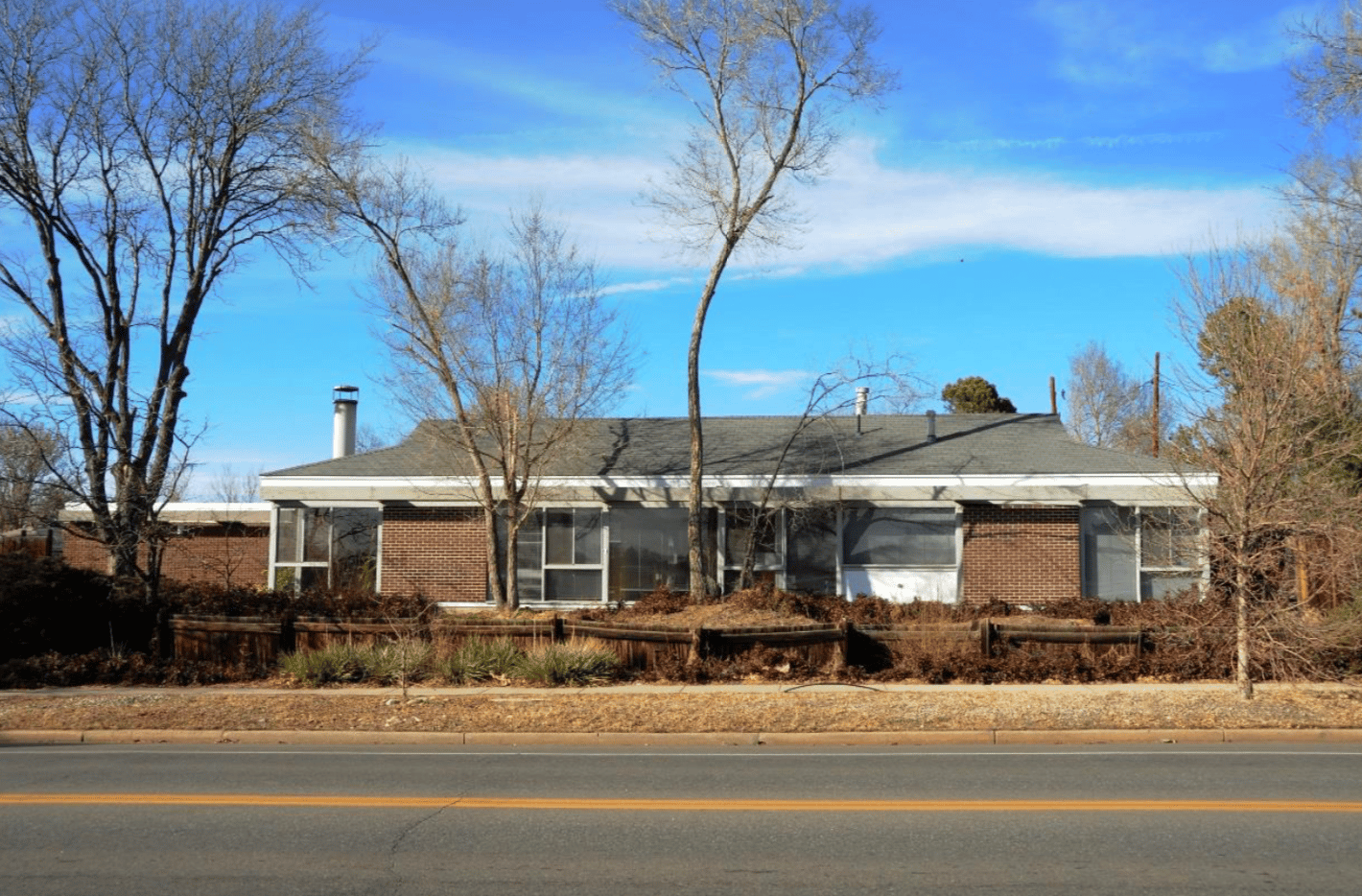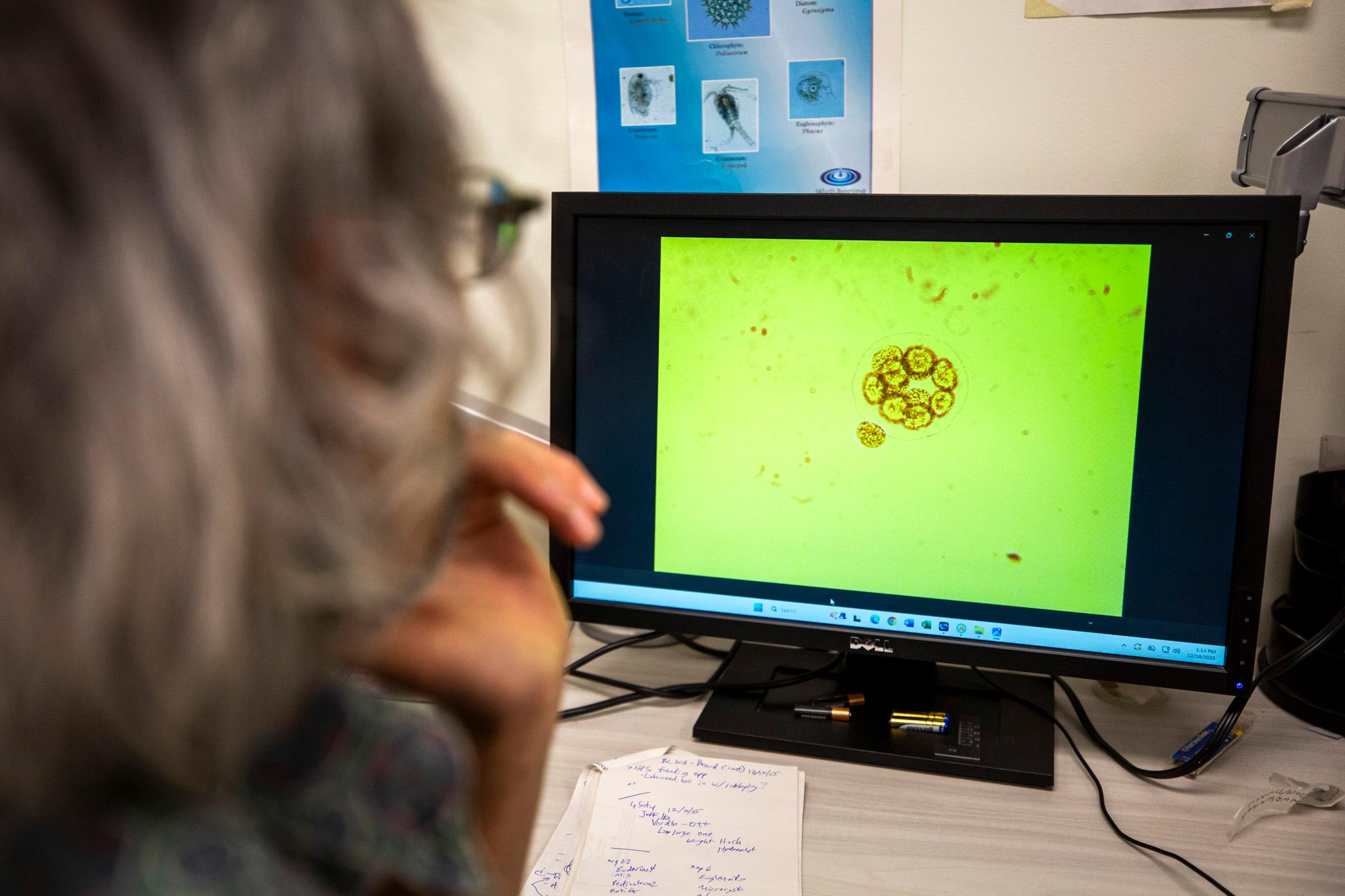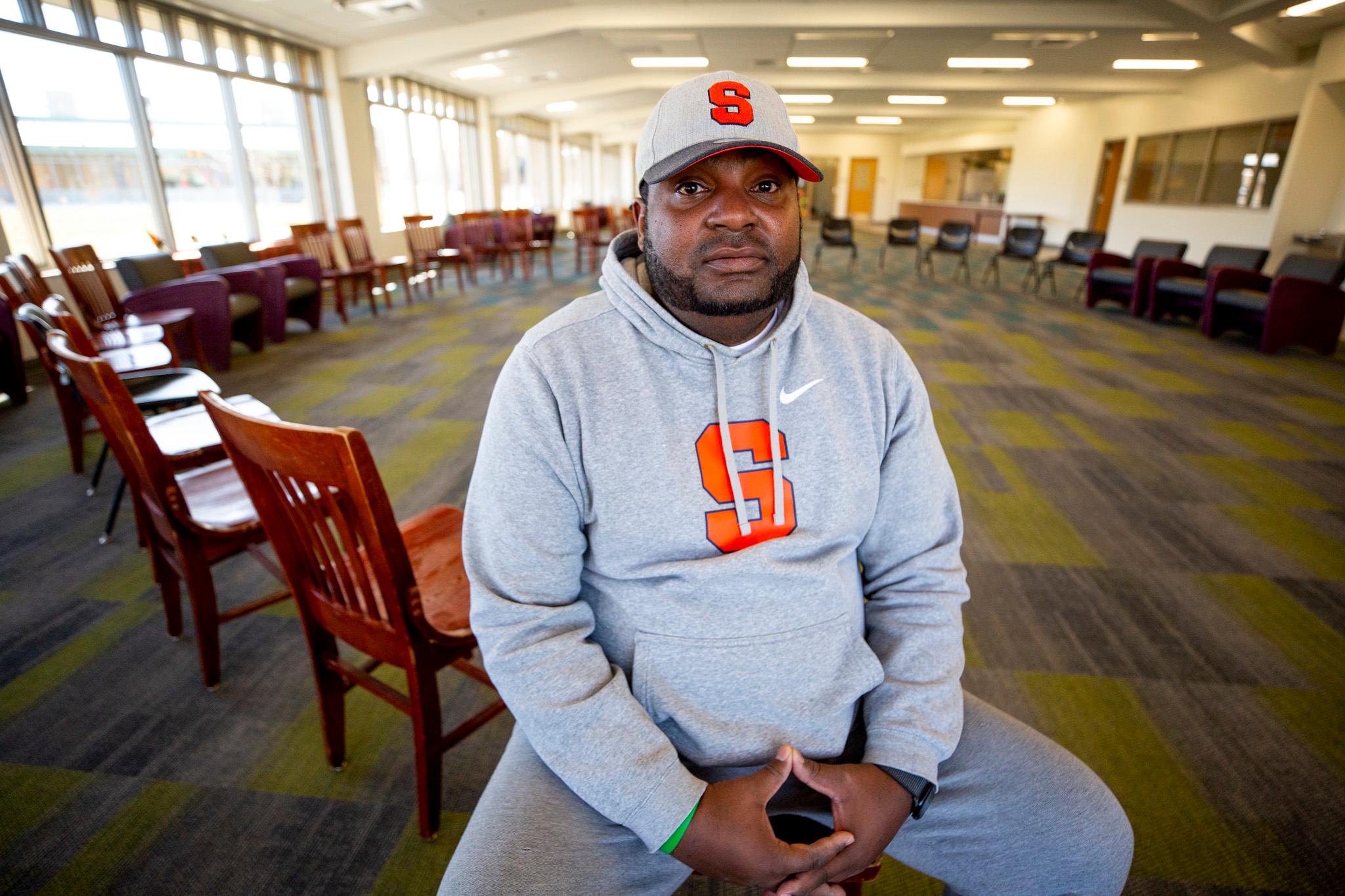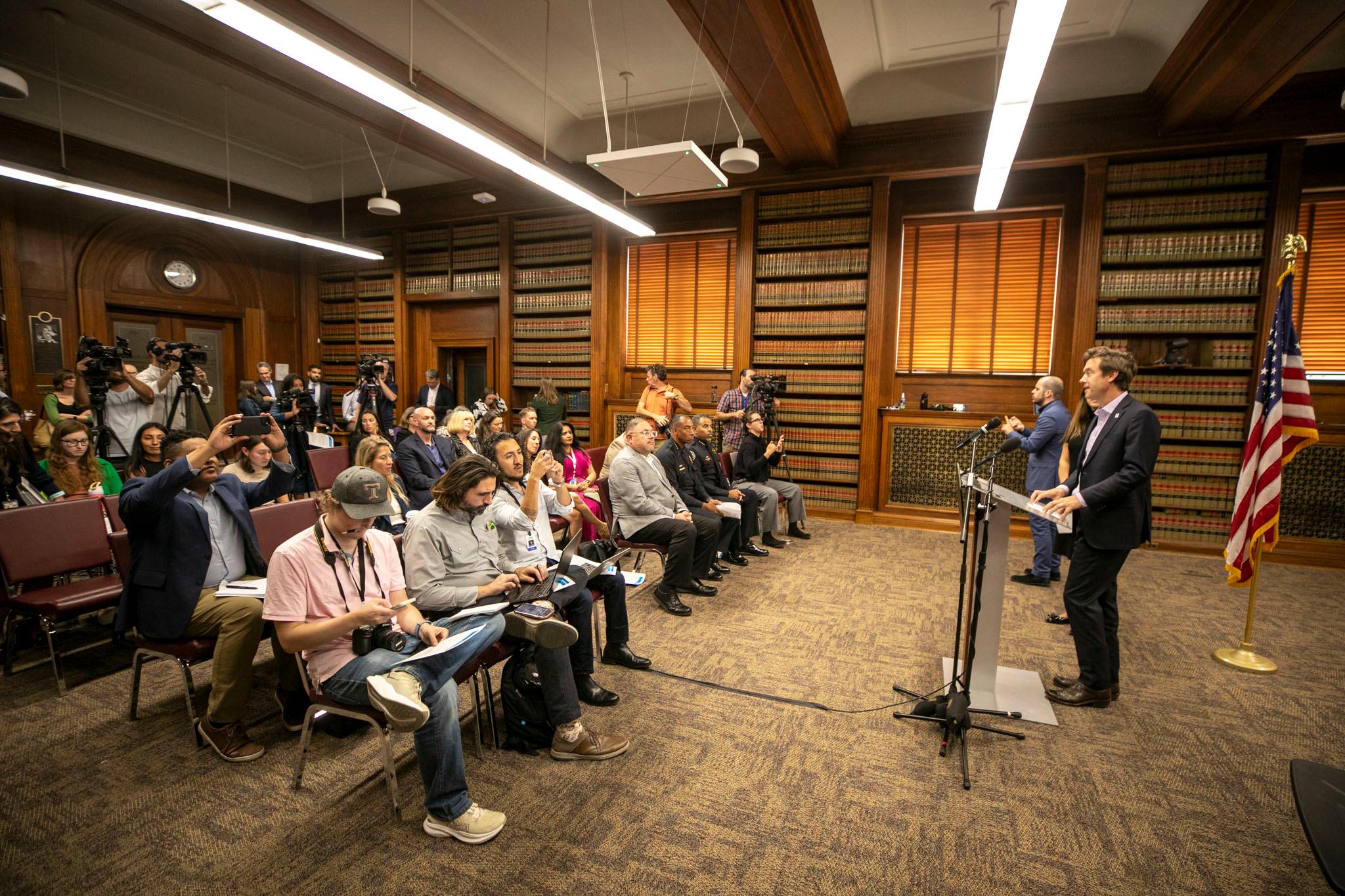The government-sanctioned segregation of 1960s Denver meant John Henderson had limited options when it came to where he lived. But Henderson found one of the last available plots in a growing city and designed his own home at 2600 Milwaukee St., undeterred.
Henderson was used to that approach. He was Colorado's first black registered architect in a field dominated by whites, and lived with one blind eye. The architect played a role in countless buildings, including the Byron Rodgers Federal Building and structures at the School of Mines. But the mid-century modern house in Skyland is his touchstone.
The Denver City Council honored the architect's contribution to the city's built environment by dubbing the house a historic landmark Monday night at its weekly legislative meeting. Henderson was not there to see it -- he died this summer. But his son, Lynn Henderson, witnessed the designation.
"He wanted to have this done before he closed his eyes for the last time," Henderson said.
The designation was long overdue, Henderson said, especially in a city that has few officially historic landmarks dedicated to African American and Latino contributions.
The Henderson House is pretty low-profile, distinctively horizontal with large windows floor to ceiling. It boasts "strong international style elements," city documents state.
The physical structure is one thing. Structural racism is another, City Councilwoman Robin Kniech said.
"I think that for me this is just an important moment to talk about how institutional racism works," Kniech said. The process that dictates historic landmarks is inherently biased, she said, due to decades of structural discrimination. That reality has led to few historic designations in historically non-white neighborhoods.
"It's a time to celebrate... but also to think about how we find and honor more of this history," Kniech said.
City Councilman Albus Brooks sponsored the historic designation.












